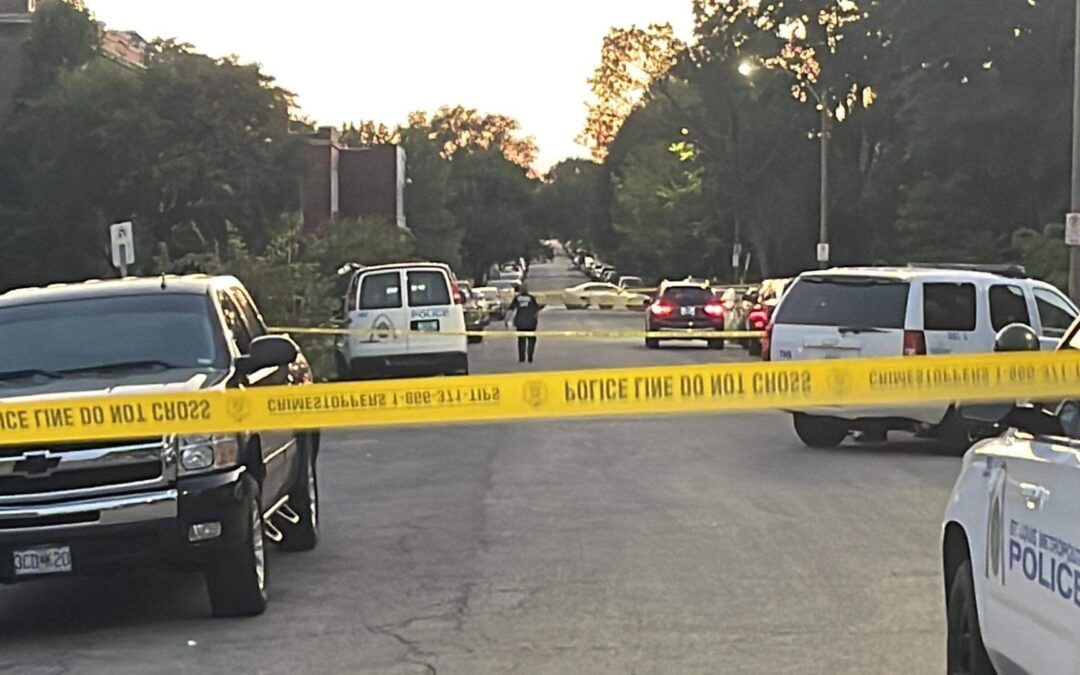Out of 186 cities WalletHub listed as the least safest city in America. Additionally, Forbes listed as the most dangerous city in the nation as well. Have we ever took a step back and looked at the key factors plaguing our city?
1.High Crime Rates: St. Louis has experienced higher-than-average rates of violent crime, including homicides, assaults, and robberies. These crime rates have contributed to the perception of lower safety in the city. With the city of St. Louis population declining the statistics will be higher due to the shrinking population.
- Poverty and Socioeconomic Challenges: High poverty rates and socioeconomic disparities can lead to increased crime and challenges related to safety. Areas with concentrated poverty often face higher crime rates and reduced access to resources and opportunities.
- Access to Education: Limited access to quality education can perpetuate cycles of poverty and crime. St. Louis has faced challenges in its education system, which can impact the future prospects of its residents.
- Systemic Issues: Like many U.S. cities, St. Louis has grappled with systemic issues such as racial disparities, discrimination, and unequal access to resources. These issues can contribute to social unrest and safety concerns.
- Economic Factors: Economic factors, including unemployment rates and job opportunities, can impact safety in a city. Areas with higher unemployment rates and limited economic opportunities may experience higher crime rates.
- Community Policing and Law Enforcement: The effectiveness of law enforcement and community policing efforts can influence safety. Perceptions of police-community relations and the ability of law enforcement agencies to address crime can affect residents’ sense of safety.


